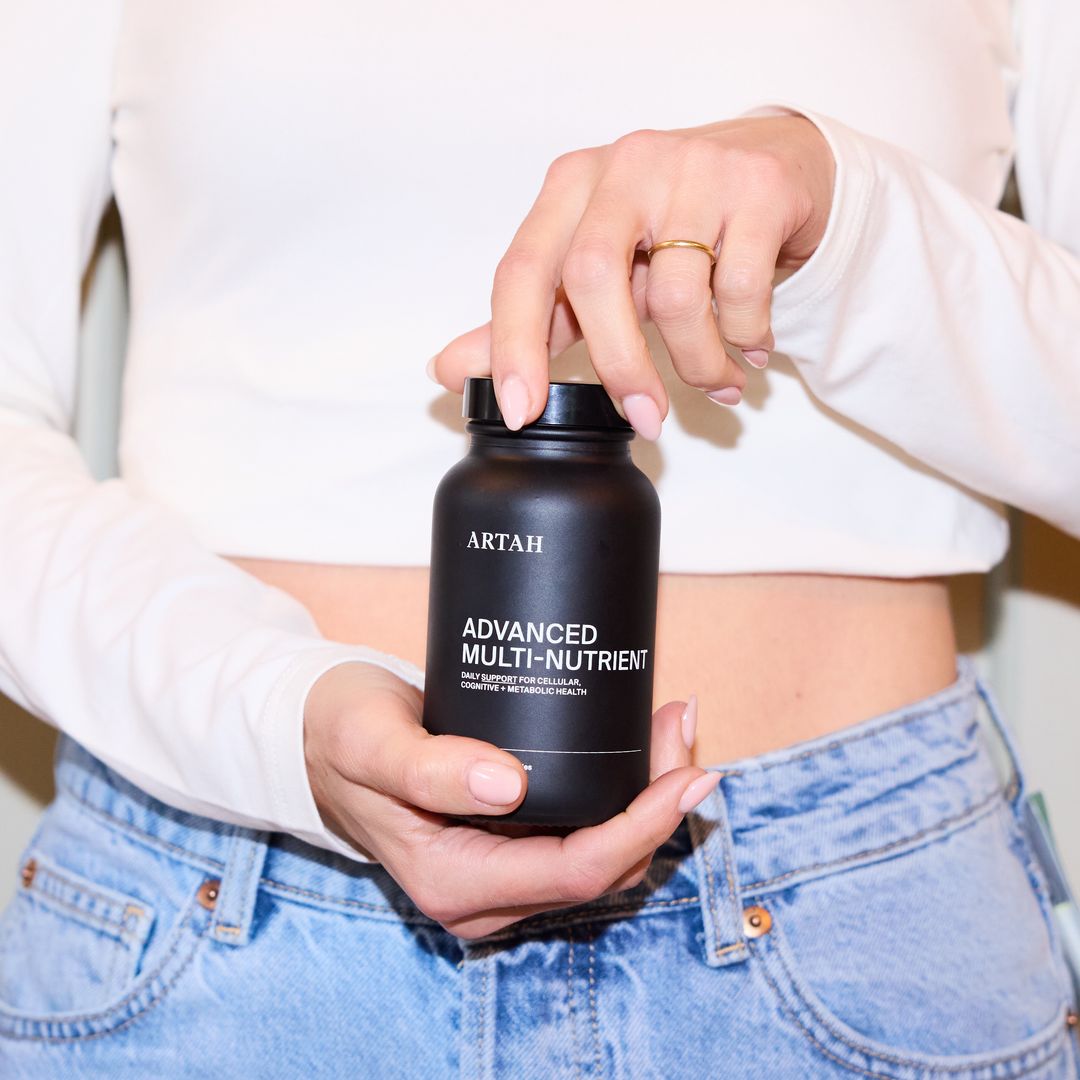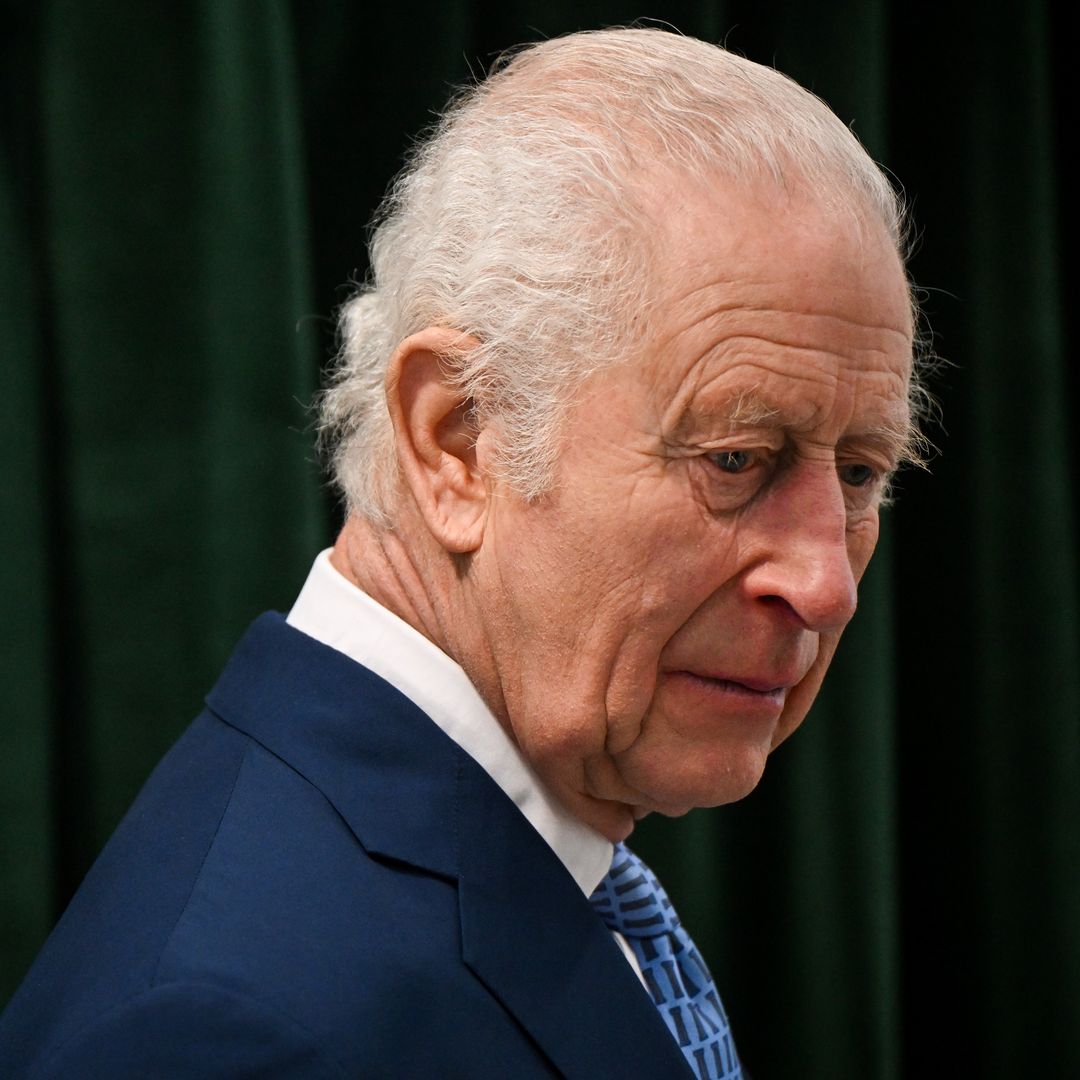It’s a powerful therapy that nourishes skin and can be used for general wellbeing, too, but not many of us know exactly how aromatherapy works. So we asked Fiona Brackenberry, head of training and treatment development at aromatherapy skincare specialist Decleor to help us fill in a few of the gaps
How did aromatherapy begin?
The power of essential oils taken from plants was discovered by a scientist called Rene Maurice Gattefosse in 1926 when he poured pure lavender oil onto a burn in his lab and was amazed to discover how quickly the skin healed. He went on to break down every oil into its chemical components – of which there are 2-300 in each oil (rosemary, for instance, has 250 chemical elements). Oils had, however, been used throughout history, not least by the ancient Egyptians for their preservative value and by the Greeks – myrrh was used on the battlefield to heal wounds.
How are oils made?
Steam distillation is the most preferred method – you can adapt the heat to extract the most and best oil from individual plants. Expression is the purest method and ideal for citruses – the physical pressure squeezing the oil out of the skin. Effleurage is the most expensive method, heating vegetable fats to extract oils from delicate ingredients such as petals.
How should you use them?
Essential oils are so potent, with their ability to penetrate through the skin into the bloodstream, only two can be applied directly to skin – lavender and tea tree. Others must be blended with a carrier oil. Grapeseed is the most common, but avocado and wheatgerm can also be used, their richness making them particularly suitable for dry skin, as well as hazelnut and jojoba which are lighter and more easily absorbed. As well as being used in massage, oils can be added to bath water, the heat enhancing the aroma, which acts on the brain through the lymbic system via the olfactory nerve, while also working on the skin. Add four drops to goats milk which pulls the oil into the water - and exfoliates skin.
Which oils are best for skin?
The health of a cell membrane is dependent on essential fatty acids and a poor cell membrane can lead to accelerated ageing, at the least. Eating essential fatty acids through foods such as oily fish or avocado is the most obvious way of getting them into the body. But also choose carrier oils such as meadowfoam, shea butter, plum kernel and inca inchi which are all rich sources of essential fatty acids.








